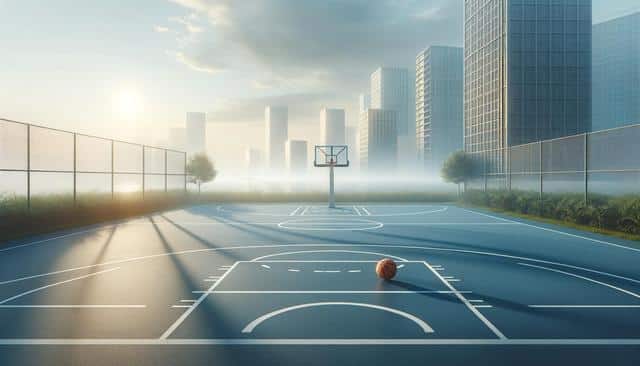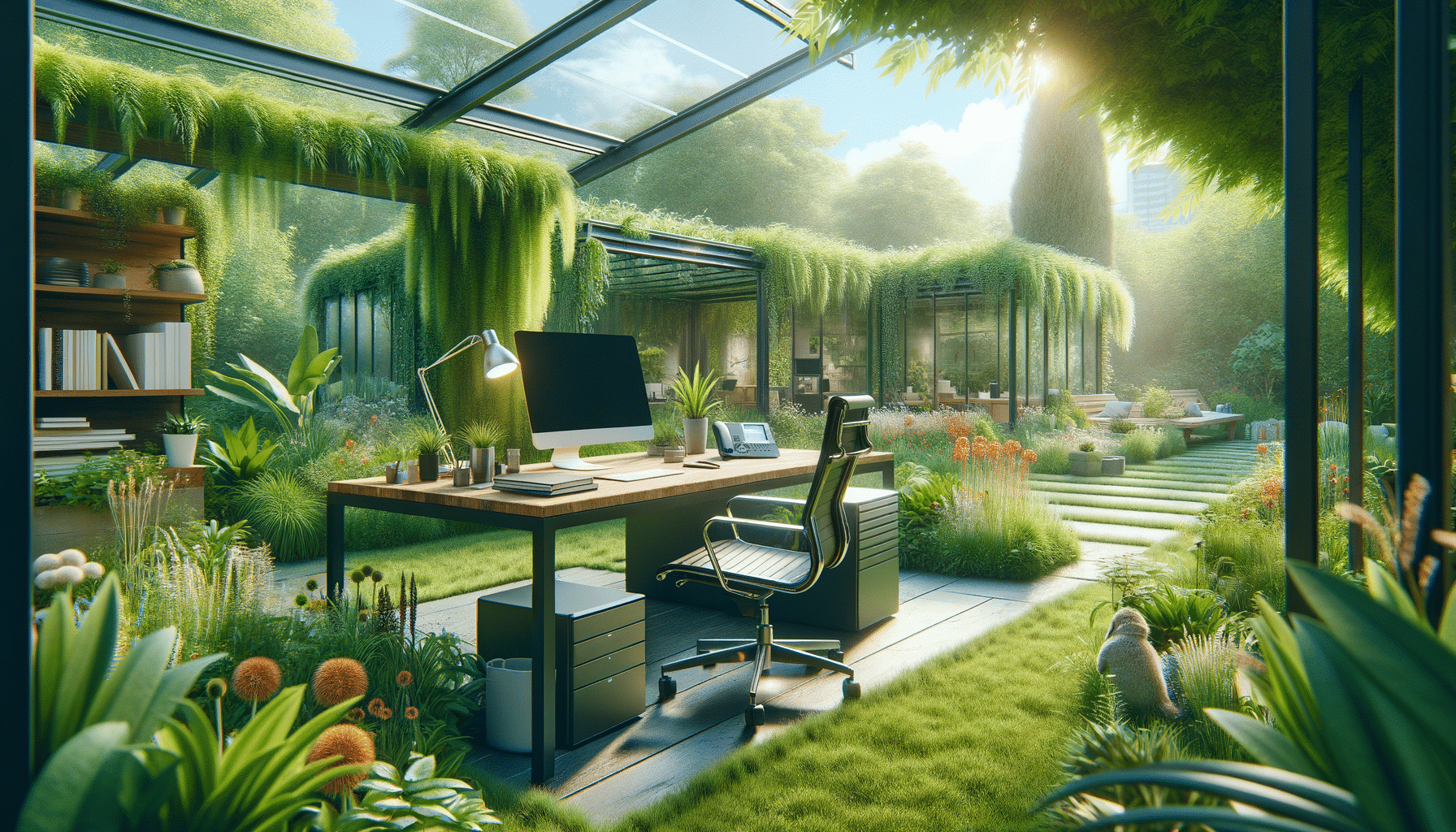
Choosing the Right Basketball Court Flooring for Your Space
Understanding Basketball Court Flooring Materials
Basketball court flooring material is more than just a surface to play on — it directly impacts gameplay, player safety, and maintenance needs. Whether you’re setting up a facility for professional training, school teams, or recreational use, choosing the appropriate basketball flooring material is essential. Different materials cater to different needs, from shock absorption and ball bounce to weather resistance and durability.
Some of the most common materials include:
- Hardwood (typically maple) for professional indoor courts
- Engineered wood or synthetic options for budget-friendly and multipurpose areas
- Acrylic or rubber materials for outdoor courts
Each basketball court floor material has its strengths, and understanding how each performs under specific conditions helps in making an informed choice.
Indoor Basketball Court Flooring Options
When it comes to indoor basketball court flooring options, functionality and comfort are top priorities. Indoor environments allow for more control over conditions like moisture and temperature, which is why hardwood continues to be a popular choice. However, synthetic alternatives are gaining traction due to their cost-effectiveness and low maintenance.
Popular indoor basketball court flooring options include:
- Maple hardwood – known for its durability and consistent ball response
- Vinyl or PVC flooring – offers good shock absorption and is easier to clean
- Rubber floors – used in multi-purpose gyms where sports vary
Choosing the right flooring also depends on the level of play. Professional and collegiate level courts often require specific certifications for materials, while community centers may prioritize versatility and budget.
Outdoor Basketball Court Flooring Material
Outdoor courts face different challenges from their indoor counterparts, primarily due to exposure to elements like rain, UV rays, and temperature fluctuations. The outdoor basketball court flooring material must be highly resistant to wear and weather while providing a safe and enjoyable playing experience.
Common outdoor basketball court floor material types include:
- Acrylic surfaces – known for their slip resistance and customizable colors
- Modular polypropylene tiles – easy to install and replace
- Rubber-based surfaces – offer cushioning and weather resistance
These materials are designed to be low-maintenance and durable, making them well-suited for parks, schoolyards, and recreational facilities. The choice of outdoor basketball court floor material should also take into account the frequency of use and the local climate conditions.
Key Considerations for Selecting Basketball Flooring
Choosing the right basketball flooring material involves evaluating several factors beyond just aesthetics. Proper flooring can reduce injuries, enhance performance, and even affect the acoustics within a facility. For indoor courts, moisture control and subfloor preparation are critical, while outdoor courts need proper drainage and UV-resistant coatings.
Important aspects to consider include:
- Impact absorption and player safety
- Ball bounce consistency
- Ease of maintenance and cleaning
- Installation and long-term costs
Additionally, compliance with sports regulations and certifications may be required, especially for competitive or institutional facilities. Taking a comprehensive approach ensures that the chosen basketball court flooring material meets both short and long-term needs.
Maintenance and Longevity of Court Flooring
Maintaining your basketball court floor material properly extends its lifespan and ensures consistent performance. Each type of material comes with its own care requirements. For example, hardwood floors require regular cleaning and occasional refinishing, while modular and rubber surfaces need periodic inspections for damage or wear.
Tips for maintaining different flooring types include:
- Regular sweeping and mopping for indoor surfaces
- Pressure washing and UV protection for outdoor materials
- Prompt repair of any cracks or tile replacements
- Routine inspections to identify wear and tear early
Investing in quality materials from the start and establishing a routine care schedule can significantly reduce long-term costs. This ensures that both indoor and outdoor basketball court flooring material continues to perform efficiently over time.

